Home Decorators Collection Ghost Ship Maple 7-1/2 in. W Water Resistant Laminate Wood Flooring (23.69 sq. ft./case)
Water resistant laminate flooring with authentic wood look. Easy clicklock installation for DIY or pros. Durable wear layer protects against scratches.
Home Decorators Collection Ghost Ship Maple is a beautiful addition to any home. The wide width, light brown color and embossed finish are able to transcend well beyond just one design style to put itself to work in any home or business. This design is one that will span many years of trends allowing you to know you’ve made the right choice for your space.
- Ghost Ship Maple laminate flooring
- 8 mm thickness x 7.48 in. width x 50.67 in. length planks
- Ghost Ship Maple, Light Brown Color, Low Gloss, distressed matte finish
- Planks have a beveled edge
- No attached underlayment
- Appropriate grade for installation: Above Grade, On Grade and Below Grade, simple do it yourself glueless installation
- Select radiant heating may be used
- Can be installed over both concrete and wooden subfloors
- Suitable for Residential and commercial use
- Lifetime residential, 7-year commercial warranty
- Recommended you purchase a minimum of 10% overage to account for cuts.
- Install this floor on a vertical surface to create a distinct accent wall
- Beautiful addition to any home
- Don’t forget your coordinating trim and moldings – shop Performance Accessories in the Get Everything You Need section below.
Additional information
| Product Length (in.) | 50.67 |
|---|---|
| Product Thickness (mm) | 8 |
| Certifications and Listings | CARB Compliant,CARB Compliant,CARB Compliant,CARB Compliant,FloorScore,Greenguard Gold |
| Manufacturer Warranty | Limited Lifetime Residential / 7 Year Commercial Warranty |

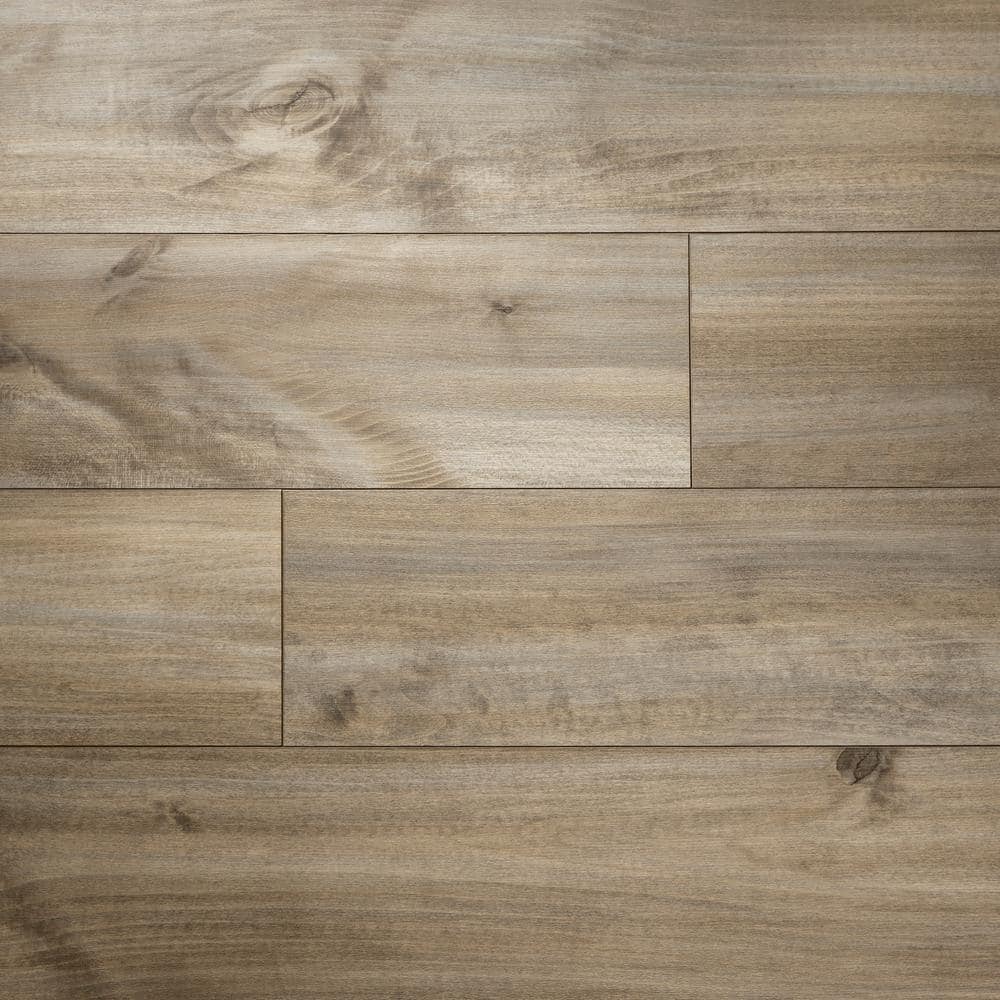
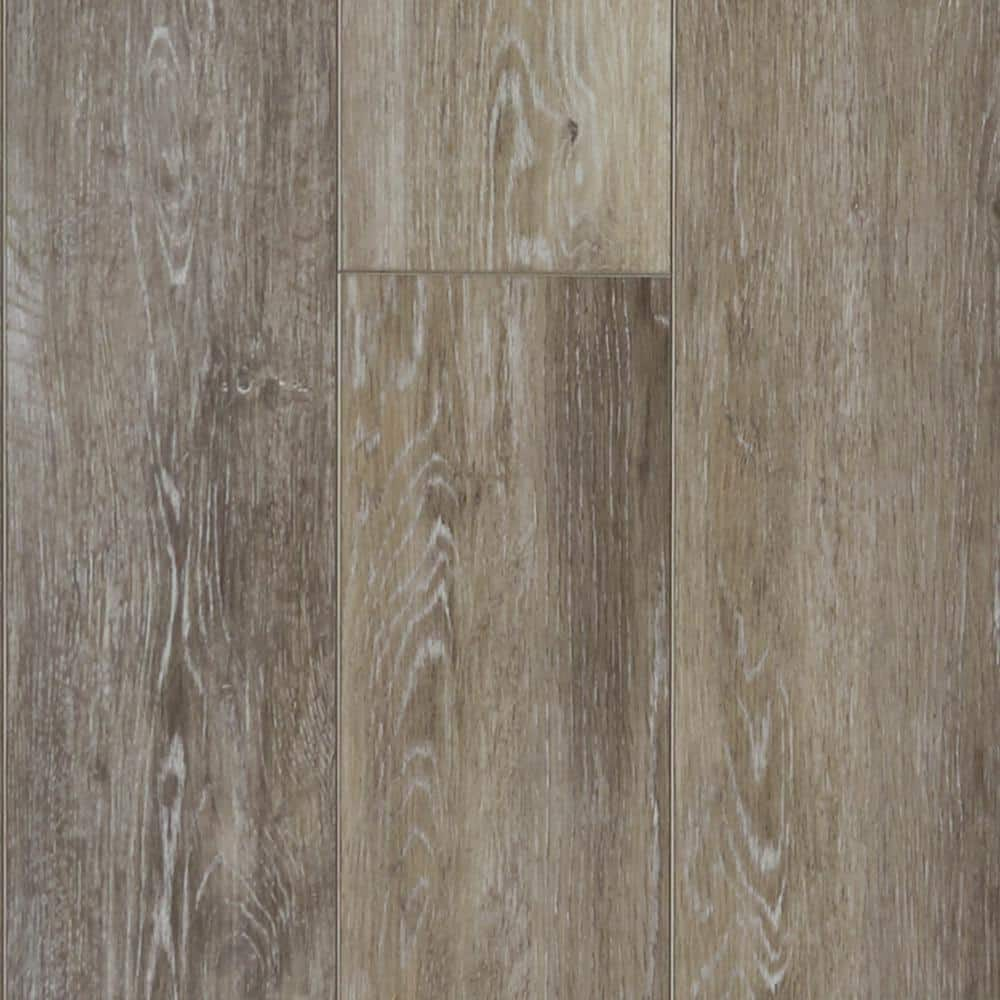
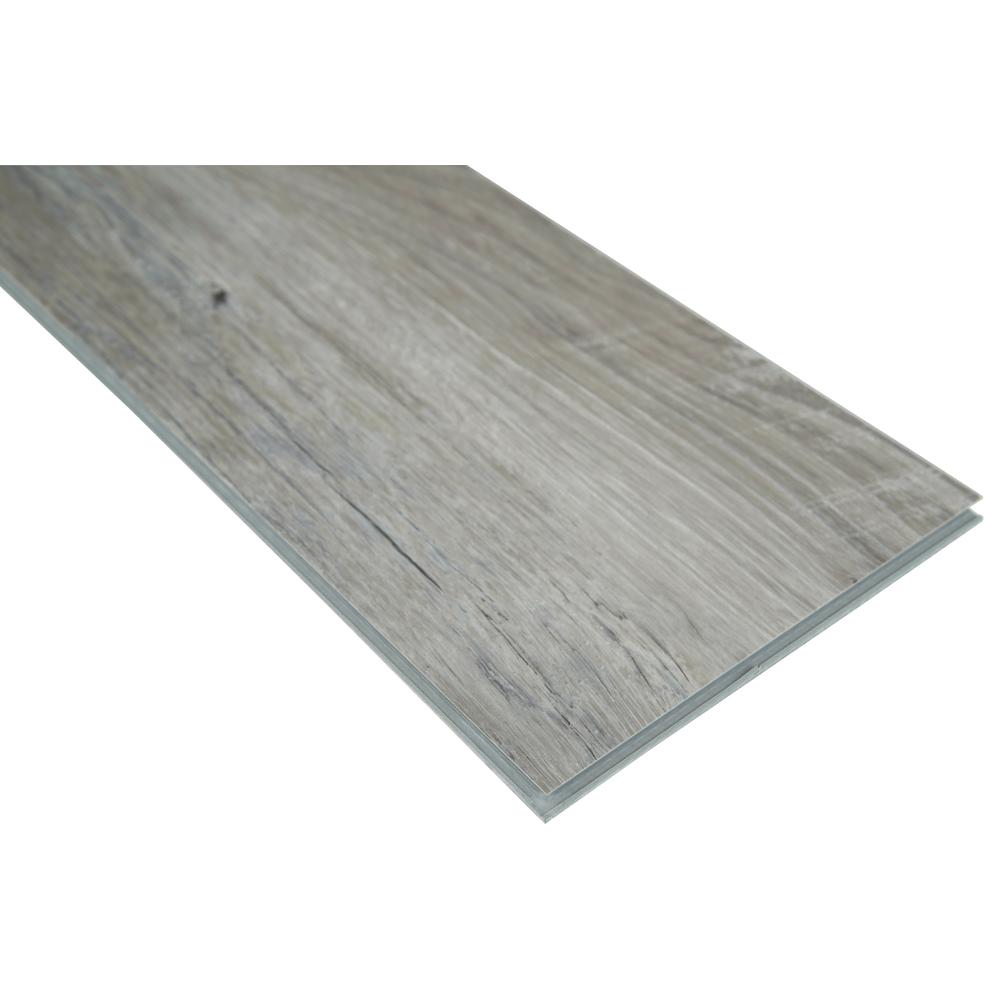
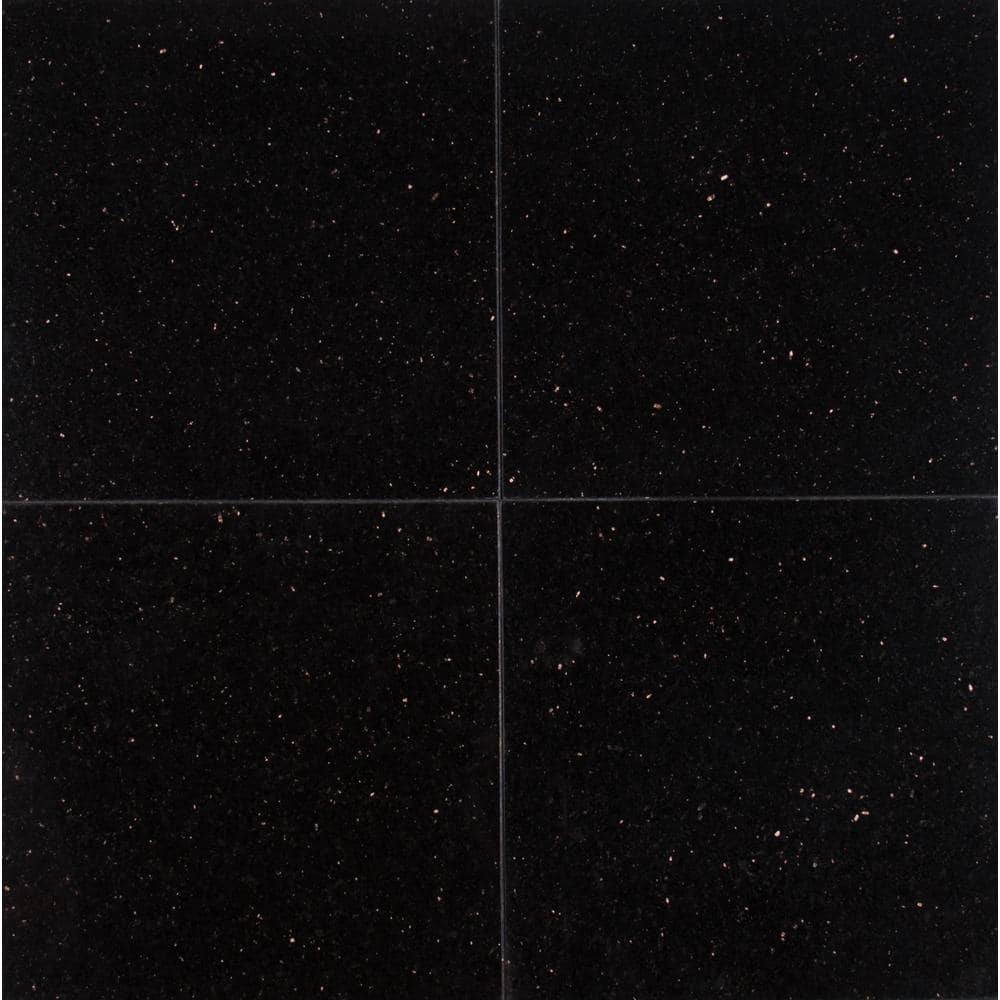
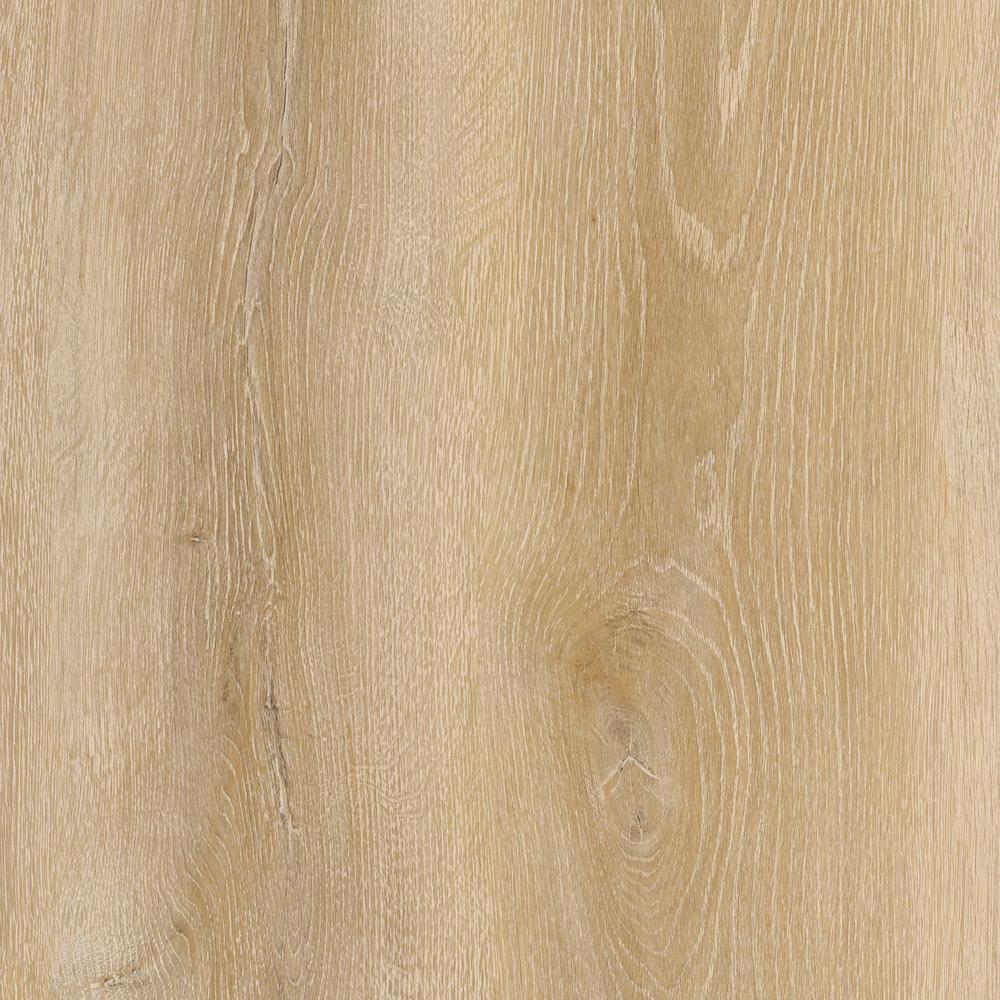
by Chris
We have no problems with the floor. It looks nice.
by Tisa
Flooring is installed and looks beautiful.
by James
We are very satisfied with the way everything was handled!!!